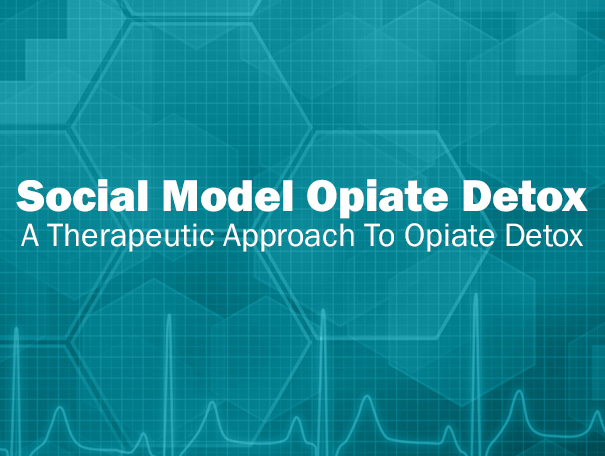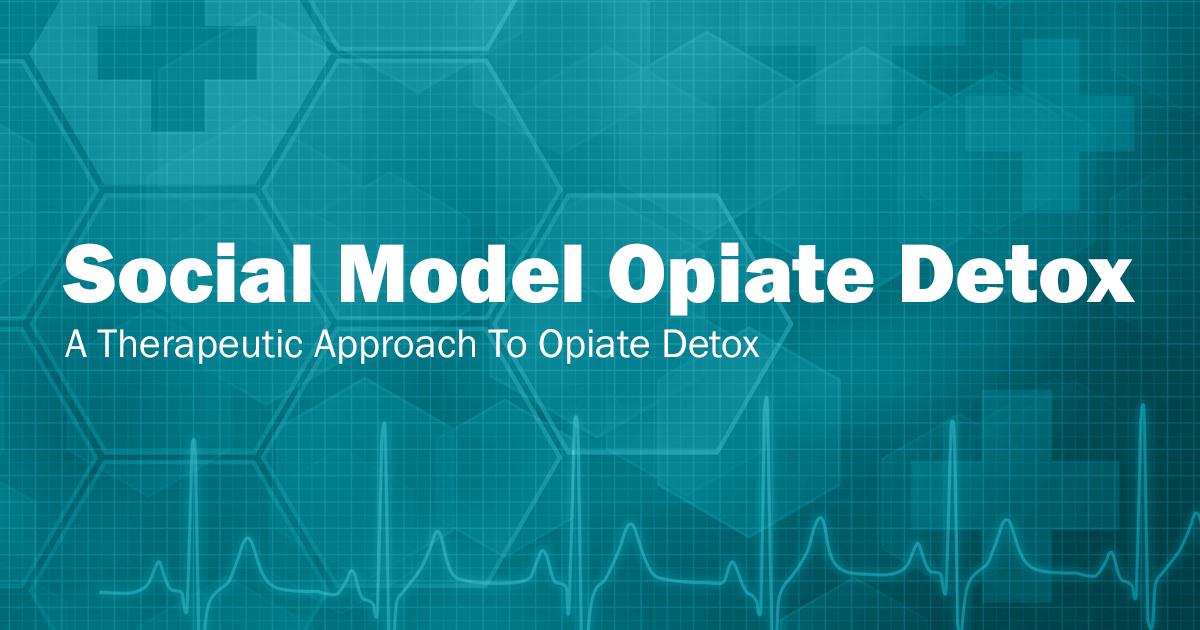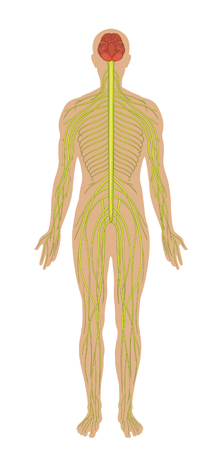For the 10% of the general population thought to regularly use opiates, many of them will become physically dependent on opiates-AKA addicted. So, when they decide to get clean and rid their body of opiates they must go through what is commonly referred to as “opiate detox”. For someone physically dependent upon opiates, an opiate detox can lead to a wide range of adverse symptoms. Both the physical symptoms of opiate detox and the mental symptoms of opiate detox can be severe although rarely are they life threatening.
Physical symptoms of opiate detox:
- Body Aches and Joint Pain
- Nausea and Vomiting
- Increased Tearing
- Diarrhea
- Stomach Cramping
If the person has been abusing opiates for an extended period, then the mental symptoms associated with opiate detox can include the following:
- Insomnia
- Anxiety
- Paranoia
- Agitation
Types Of Opiate Detox
In some detox programs, usually referred to as rapid opiate detox, the addict is completely sedated during the opiate detox so that they don’t have to feel the ill effects of their opiate detox. This is accomplished in a hospital setting where the opiate addict is closely monitored by doctors and nurses. While the effectiveness of rapid opiate detox programs for keeping opiate addicts clean for long periods of time is still up in the air, what is certain is that they are a very expensive and very quick way to get your opiate detox over with.

Because social model opiate detox programs rely on a more long term approach to treating the opiate addiction, they don’t view opiate detox as a cure. Instead, they almost always stress additional treatment for their clients after detox such as outpatient counseling, additional inpatient treatment, or possibly attendance at 12 step meetings.
Social model opiate detox is a cost effective way to get clean and sober and begin a life free from opiate addiction.



